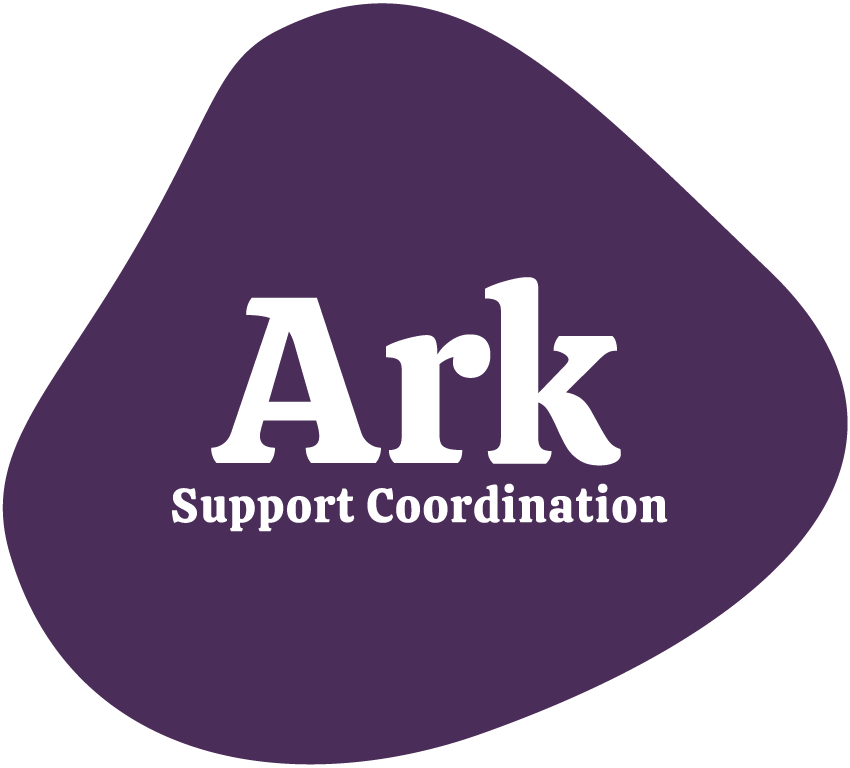How does the Federal Budget affect the NDIS?
The 2023-24 Federal Budget. What does it mean for NDIS participants? And what is a growth target? Would you like the good news or the bad news first?
Growth Target
At the end of April, following a National Cabinet Meeting, Prime Minister Anthony Albanese announced the plan to cut NDIS growth by introducing a growth cap of 8% by July 2026.
Following uproar amongst the disability and NDIS community, the move was swiftly re-named a growth target, not a cap, so that the Government can deliver the NDIS from a 'position that is sustainable.'
This move aims to reduce the NDIS's annual growth rate by 6%, with the current growth rate sitting at 14% yearly. Which basically means a decrease in Government spending on the National Disability Insurance Scheme.
Overall, this growth target means the Government is trimming their spending on the NDIS by over $57 billion over the next ten years.
Unfortunately, it doesn't stop there. Buried deep in the budget papers is an expected further decrease in NDIS spending in the next four years alone of $15.3 billion by July 2026.
That's a total of a $74 billion reduction in projected spending over the next decade in the NDIS.
The budget hand-down didn't detail how the Federal Government plans to meet this target, naturally sending waves of anxiety over participants concerned their plans are now under threat.
For people affected, the decision is feeling particularly sour from a Labor government that saw pre-elected Disability Minister Bill Shorten marching alongside people with a disability to Defend our NDIS and promising no cuts.
A huge part of this campaign was the initiative "nothing about us without us," no NDIS decisions to be made without consulting people with lived experience. This is why the growth target announcement came as such a shock, as there was no co-design or consultation process.
In a statement, independent chair of Every Australian Counts, George Taleporos said a growth target is a dangerous precedent for the NDIS.
'Disabled people will be forced to hold our breath before every budget round, wondering whether we will be forced to cut back on the number of showers we can have, or whether we will be forced to live in a nursing home.'
NDIS Minister Bill Shorten said the Scheme had become the 'only lifeboat in the ocean' for people with a disability.
'This scheme was never designed for every Australian with a disability but for the most severely and profoundly impaired.'
Whilst the state Government and territories need to step up their disability service support, this idea of NDIS only for the most profound amid spending cuts is concerning. Who will the growth target affect most? People who are "less disabled?" Who decides what the "worst" disabilities are?
Good news.
Tuesday's budget included $910 million in spending to improve the operations of the NDIA for the next four years.
This includes $732.9 million to improve the effectiveness and sustainability of the NDIS, which will 'uplift capability, capacity and systems to better support participants,' according to a press release by Minister Bill Shorten. The release also contains a breakdown of Federal Government spending:
Capability: $429.5 million for NDIA's workforce capability and systems. Aiming for improved consistency and equitable access and planning decision-making.
Watchdog: $142.6 million supporting the NDIS Quality and Safeguards Commission.
Better planning: $73.4 million to support participants to manage their plan within budget.
Flexibility: $63.8 million for a "lifetime approach" to ensure more transparent and flexible plans for life events.
Independent living: $56.4 million for strengthening supported independent living decisions. Including introducing a home and living panel of highly trained staff to improve decision consistency.
Evidence-based supports: $29.3 million supporting quality and effective services, through improving oversight and increasing take up of evidence-based supports.
Blended payment trial: $24.6 million for working with participants and providers to trial blended payment models, to increase provider incentives to innovate service delivery.
First Nations and remote communities: $7.6 million to pilot approaches to partner with communities to improve access to supports in remote and First Nations communities.
Fraud: $48.3 million to crack down on fraud and non-compliant payments in the Scheme. Developing new IT platforms and systems to prevent fraud and non-compliant payments.
Workforce: $14.1 million to deliver a COVID-19 Leave Grant to stop the spread among the disability community.
Policy funding: $13 million investment in the Department of Social Services.
Younger People in Residential Aged Care: $7.3 million to reduce the number of people under the age of 65 living in residential aged care.
$732.9 million is a welcomed investment to improve the effectiveness and sustainability and ultimately improve the people with disabilities' NDIS experience.
The growth target on Government NDIS spending is the budget's biggest savings measure, but neither Bill Shorten nor Treasurer Jim Chalmers have detailed how this growth target will be met.
They've promised to reboot the NDIS to support our most vulnerable Australians. Hopefully we won't see these budget measures impact the plans of the 550,000 participants the scheme supports.
Ruby Wheeler. 